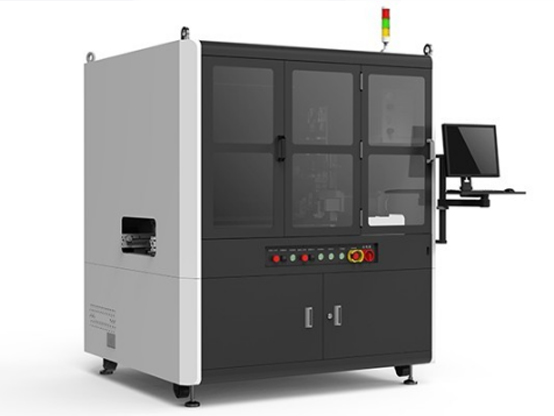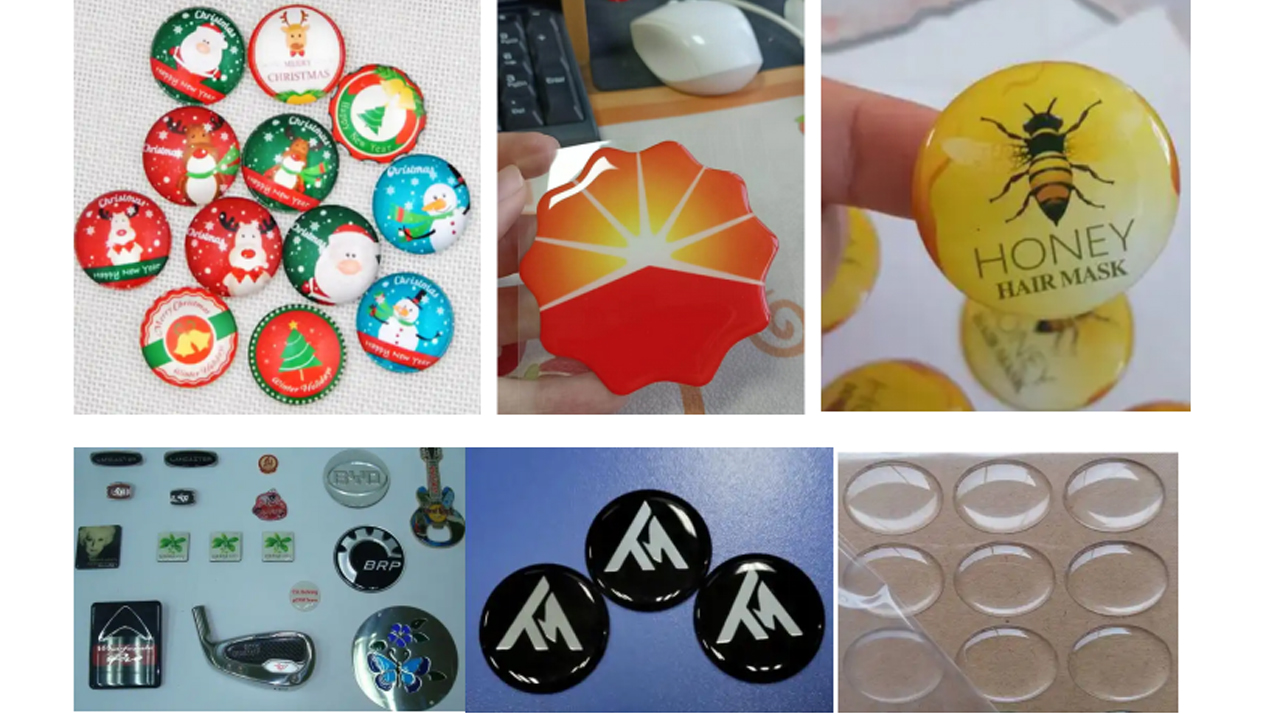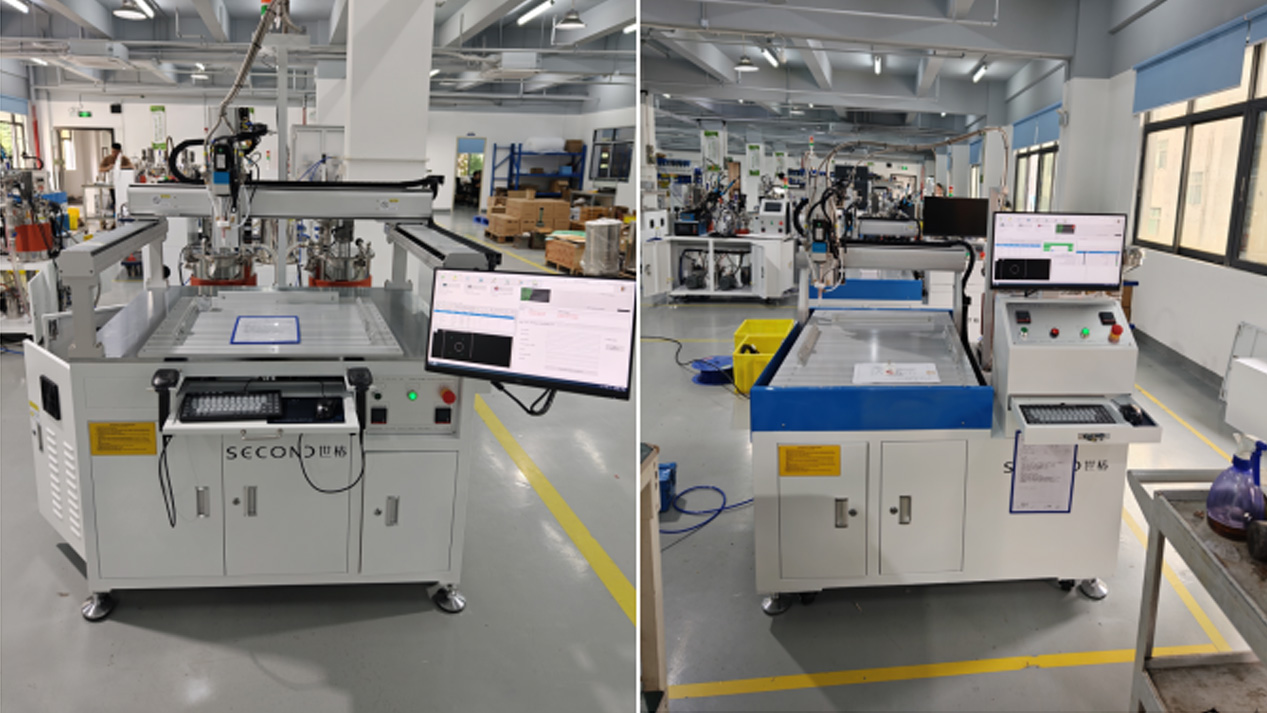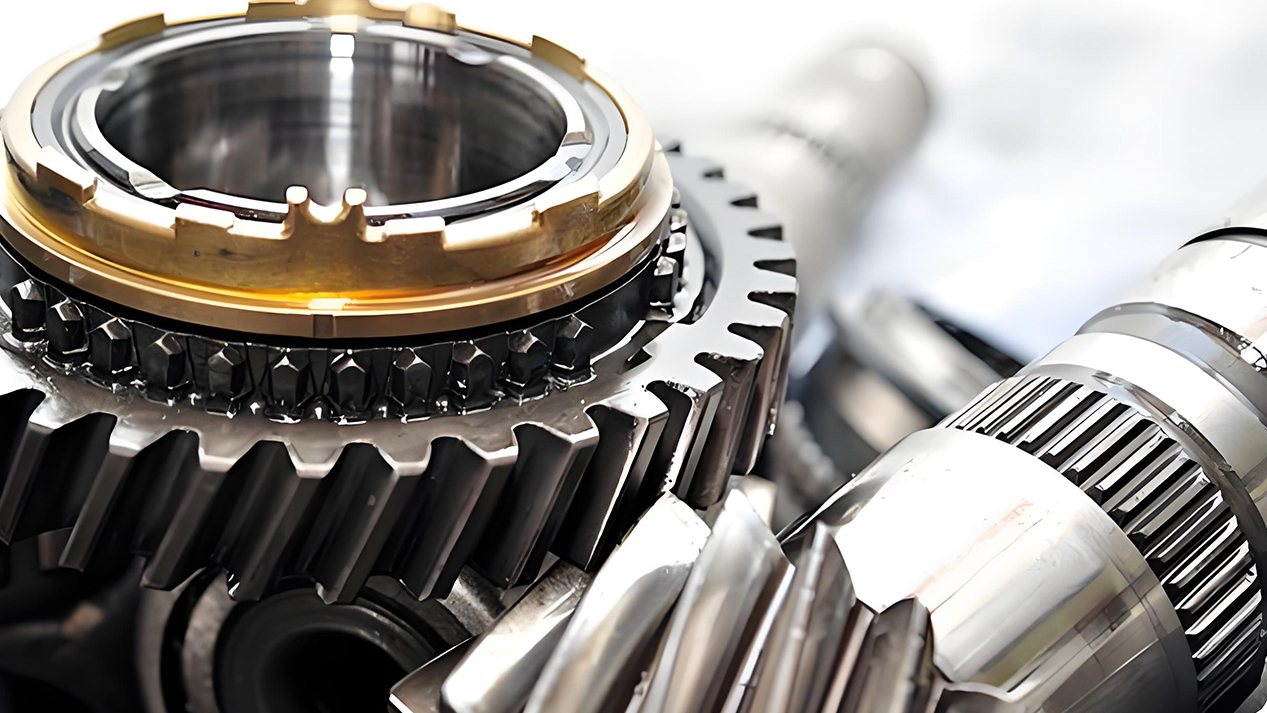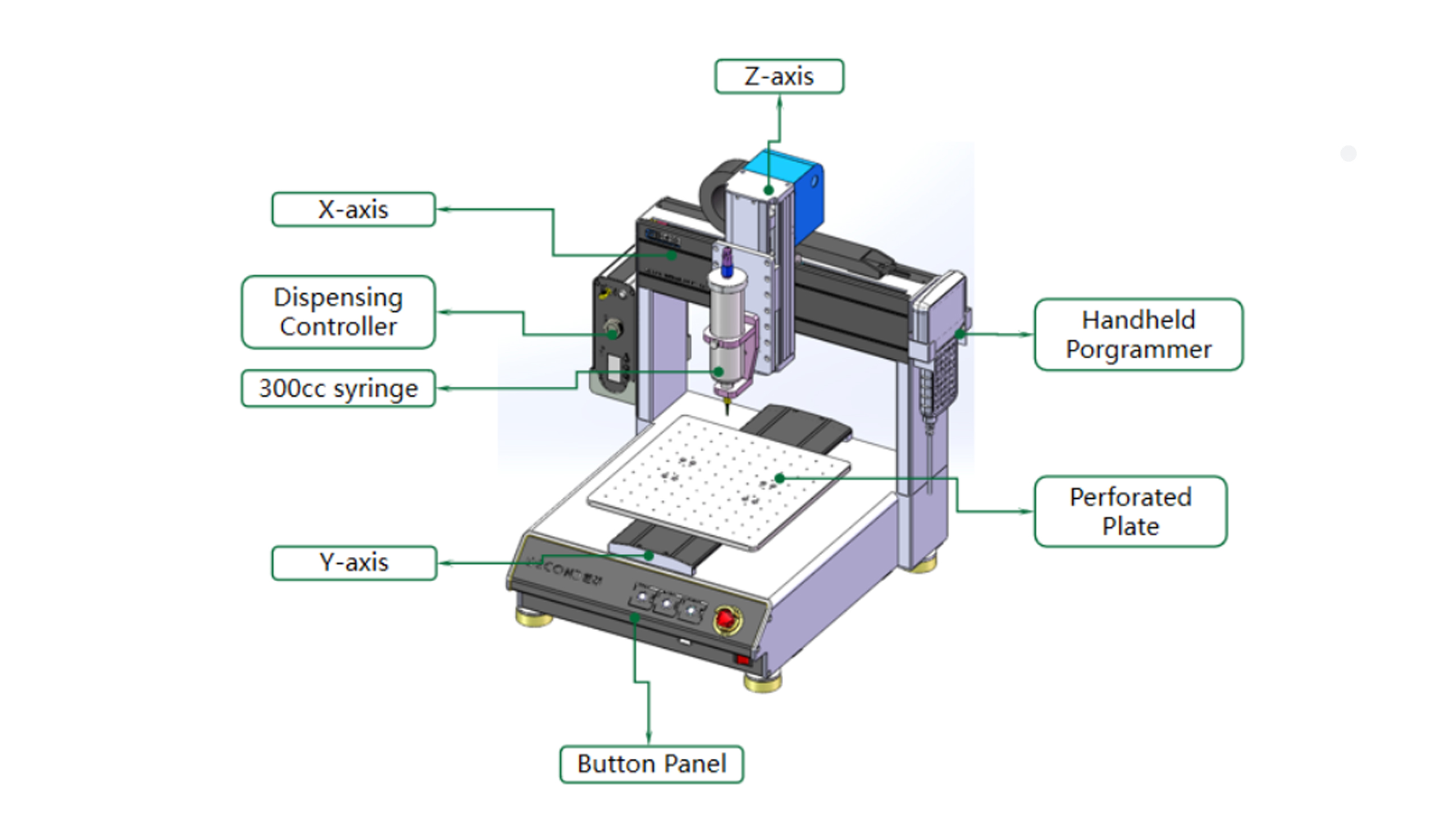Common Causes of Scattered Dots in Dispensing Machines and Second Intelligent’s Solutions
As a leading enterprise in the fluid application field in China, Shenzhen Second Intelligent Equipment Co., Ltd. (referred to as “Second Intelligent”) has been dedicated to dispensing technology for nearly 20 years. Its products are widely used in 3C electronics, new energy, biomedicine, and other industries. During the dispensing process, “scattered dots” and “splashing” are core defects that affect product yield. This article analyzes the causes of scattered dots and proposes systematic solutions based on Second Intelligent’s technical expertise and industry experience.
1. Common Causes and Mechanisms of Scattered Dots
- Temperature Fluctuations Causing Viscosity Changes
Adhesives are temperature-sensitive, and ambient temperature fluctuations significantly alter their viscosity. For example, epoxy resin becomes less viscous and more fluid when temperatures rise. Failure to adjust dispensing parameters in real-time may lead to trajectory deviation or splashing. - Mismatch Between Dispensing Height and Nozzle Design
Excessive dispensing height increases the adhesive’s airborne distance, causing dispersion into irregular dots due to gravity and air resistance—especially for adhesives containing fillers. Additionally, an imbalanced ratio between the nozzle’s inner diameter and the desired dot size (ideal ratio: 1:2) can result in inconsistent adhesive volume control. - Nozzle and Plunger Wear Leading to Seal Failure
High-frequency operations cause wear on nozzles and plungers, reducing sealing effectiveness. Uneven ejection force due to wear leads to eccentric adhesive overflow at the nozzle, forming scattered dots. - Air Bubbles and Residual Contamination in Adhesive
Air bubbles or cured adhesive residues in the nozzle disrupt dispensing continuity, causing voids or droplet splitting. For instance, residual adhesive deforms the nozzle’s inner channel, resulting in erratic ejection paths.
2. Second Intelligent’s Scattered-Dot Control Technologies
- Temperature Control System
SecondIntelligent’s automatic glue dispensing machines integrate a thermostatic module to isolate external temperature effects on adhesive viscosity. For example, its fuel cell dispensing machines use non-metallic plungers to minimize instantaneous temperature spikes during operation, ensuring stable viscosity.

- Parameter Synchronization
The equipment dynamically adjusts dispensing pressure, height, and speed based on adhesive properties. In underfill processes, reducing dispensing height or using extended tilted nozzles shortens airborne time, minimizing splashing risks. - Wear-Resistant Materials and Maintenance Protocols
High-hardness alloy nozzles and ceramic-coated plungers extend component lifespan by over 300%. Automated cleaning programs purge residual adhesive and maintain flow channels, preventing nozzle deformation.
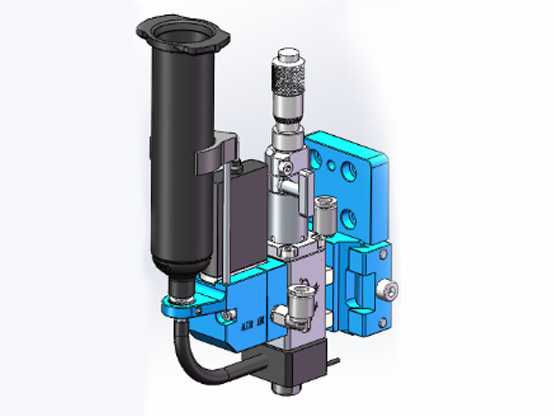
- Adhesive Pre-Treatment and Quality Inspection
SecondIntelligent’s in-line degassing system removes air bubbles via vacuum pressure. Vision inspection modules monitor dot morphology in real-time. If defects are detected, the system triggers parameter adjustments, ensuring a yield rate above 99.5%.
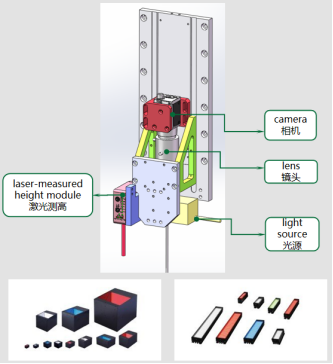
3. Industry Applications and Value Enhancement
Second Intelligent’s solutions have been successfully applied in high-precision fields:
- New Energy Battery Encapsulation: Thermostatic dispensing ensures uniform adhesive distribution in fuel cell bipolar plate encapsulation, enhancing sealing reliability.
- 3C Micro-Component Dispensing: Low-splash jetting achieves 0.1mm-level precision for smartphone camera module assembly.
Scattered-dot control is a critical challenge in dispensing processes, requiring breakthroughs in equipment design, materials science, and AI integration. Second Intelligent’s innovations—including temperature control modules, wear-resistant components, and AI-driven systems—provide high-reliability solutions, setting benchmarks for precision manufacturing. Moving forward, Second Intelligent will further integrate IoT and big data to optimize fluid application efficiency in industrial automation.
